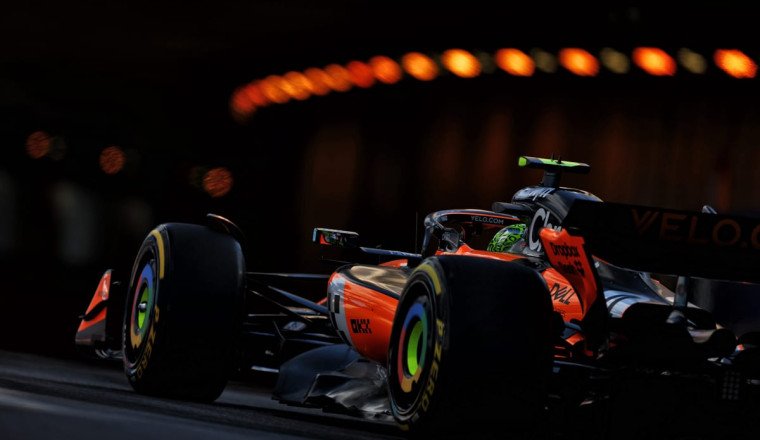
The reasons for McLaren's good tyre management continue to be a major talking point in Formula 1. But rather than throwing around all sorts of questions and suspicions, rivals like Red Bull should perhaps spend more time thinking about the contribution of the rear suspension design.
While it can be difficult to get a close look at these configurations, some revealing photos show a little more than normal and make it possible to understand the different approaches of the top four teams.
The shot below of the McLaren in the garage, which is from a conventional track rather than Monaco, shows the rear suspension configuration well.
The red line is the pushrod. This operates the rocker, highlighted in the orange ellipse. It's by no means a simple mechanism that turns the pushrod displacement 90 degrees to drive a torsion bar, anti-roll bar, third spring/damper. There's a lot more going on there.
It looks like there are two points (highlighted with the green arrows) where the pushrod can attach. One will give a fairly linear rate, the other gives more rising rate. You would use the former for slow-speed tracks where traction is at a premium, the latter for faster circuits where - because of the high downforce loads with speed - you need to keep the rear of the car off the ground.
The torsion bar, highlighted with the purple line, will be going down into the gearbox where its lower anchor will be positioned. The light purple line is probably the third spring/damper mechanism, which goes across the top of the gearbox.
When both rockers rotate going down the straight, this third spring will compress and support the rear of the car before it hits the ground too hard. When the car rolls, this support package will just move sideways across the top of the gearbox, which means that the support the car has just before turning the steering wheel stays consistent going through the corner.
Again, on the rear suspension, McLaren has a very high percentage of anti-lift. The green line in the image blow is the top wishbone rear leg, the yellow line is the top wishbone forward leg, and the double-ended white arrow shows the difference in the mounting height.
There's more to it than this but, basically, the further apart height-wise those two inboard pick-ups are, the more anti-lift it generates. And McLaren has more than the others.
The lower wishbone rear leg, which is highlighted with the darker of the two blue lines, is more or less set by the driveshaft height. As it is used to shroud the driveshaft, most teams have it in a very similar position.
The front leg, which is highlighted with the light blue line, has the inboard end mounted quite low. The amount is highlighted with the double-ended magenta arrow and gives some level of pro-squat. Pro-squat is when you want the rear of the car to sit down when under acceleration.
To work all these percentages out, you would need to lay it all out in much more detail than I have available. Also, some of the retardation forces on the rear axle are from the brakes, which puts a torque into the suspension system, and some is from the ERS, which puts a longitudinal force into the system.
This longitudinal force is similar, but in the opposite direction, to what the suspension system sees under acceleration, so some of what looks like anti-lift could be mitigated by that longitudinal force.
And now for the interesting part that I think is a major contributor to McLaren's ability to keep the rear tyres under control temperature-wise.
For many seasons, the teams have been complaining about the Pirelli tyres being inadequate for the job they have to do. I can assure you that for all of my time in Formula 1, which spans some 50-plus years, tyres have always been problematic. They are the four bits of rubber that the car sits on so, if you don't look after them, they will always cause you problems.
McLaren has delved deep into how it can avoid those problems. Currently, its car-attitude control under braking and acceleration leads the way. Its rear brake duct detail in reducing the amount of brake temperature that bleeds into the rear rim and tyre is second to none.
But that's not all. McLaren's lateral geometry is also in line with what the regulations for tyre usage also define. Pirelli stipulates the maximum tyre temperatures and minimum tyre pressures when you leave the pits, and also stipulates the end of straight cambers. This means that you need to put the cart before the horse when it comes to your suspension geometry.
Using the Miami Grand Prix Pirelli instructions, the factors that really affect the tyre performance are the following:
Let's compare top cars' suspension linkages, using the same colours as I used to highlight the McLaren details earlier. The wishbone rear leg is green, the forward leg yellow, the pushrod (pullrod on the Ferrari) red, and the lower wishbone (driveshaft shroud) blue.
The white double-ended arrow is again the difference in the height of the inboard mounts of the top wishbone. This shows, as with the upper picture, more ant-lift on the McLaren than the other three leading teams.
The rear leg of the top wishbone (green) and the rear leg of the bottom wishbone/ driveshaft shroud (blue) are responsible for 99% of the lateral suspension geometry.
The lower wishbone/driveshaft shroud is on all cars more or less in the same location vertically and the pivot points inboard and outboard won't differ too much.
This means it's not possible to really alter the geometry with that leg, so it all needs to be achieved with the top wishbone rear leg inboard and outboard vertical position.
Where these lines get extended from their inner pick-up points, I have reduced the thickness. These extensions are to show the actual swing arm lengths and, as you can see, McLaren has a much shorter swing arm than the other three leading teams.
In order of camber change characteristics, I would rank it from most to least as: McLaren, Mercedes, Red Bull and Ferrari.
This will (or at least should) give McLaren a higher rear roll centre. This should reduce low-speed understeer and also allow it to use a softer rear anti-roll bar rate. Both will improve traction from low-speed corners.
It also allows McLaren to run less static camber on the car. Most teams will set the negative camber near the limit that Pirelli allows at the end of the straight. You need that camber to withstand the lateral forces in the fast corners, but if that can be achieved with less camber in the slow corners then it means that the rear tyre contact patch will be bigger, which is again good for traction.
This will not be quite so beneficial for a circuit like Monaco, where there are not many very fast corners. The other teams will be able to use less static camber and still not suffer from the rear tyre lacking lateral stiffness in the fast corners.
So here are the reasons why the McLaren appears to do a better job of keeping its rear tyres alive for longer than the others:
1. The focus on keeping the brake temperature from transferring to the rear rims.
2. The all-new 2025 cooling system Andrea Stella spoke of in Monaco, allowing McLaren to close off more of the car's bodywork for aerodynamic benefit, reducing drag and reducing the impact of hot air disturbing the rear wing and diffuser.
3. Its high percentage of front anti-dive will support the car better under braking.
4. The high percentage of rear anti-lift will keep the rear of the car lower under braking.
5. The percentage of rear pro-squat will allow the car to sit down, giving better traction.
6. The extra rear camber change will mean at higher ride heights, where traction is critical, McLaren will have a larger contact patch without compromising lower ride heights where tyre stability improves driver confidence.
All of this will be even more beneficial when you have high ambient and track temperatures, but in reality it should be better for most circuits.









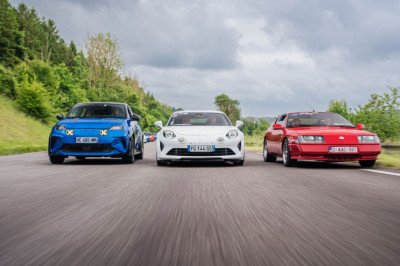
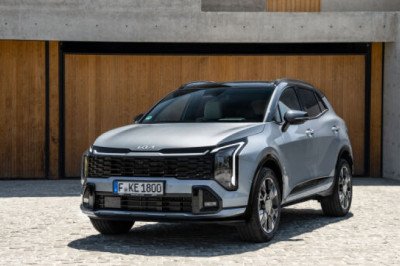

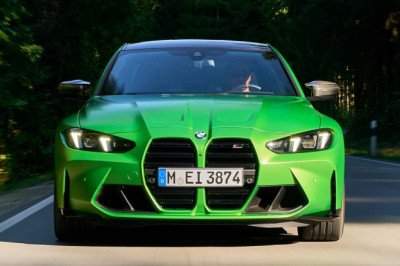
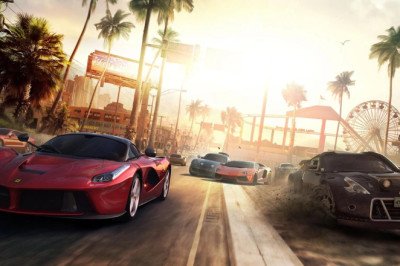
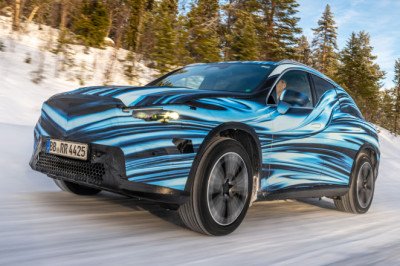
Facebook Conversations